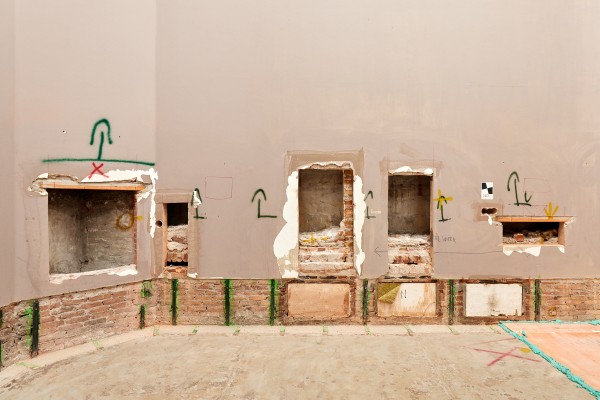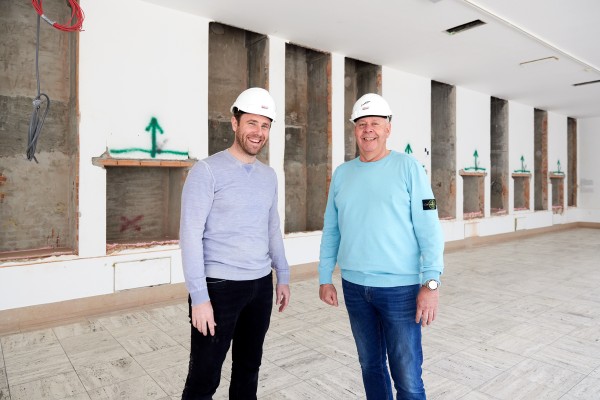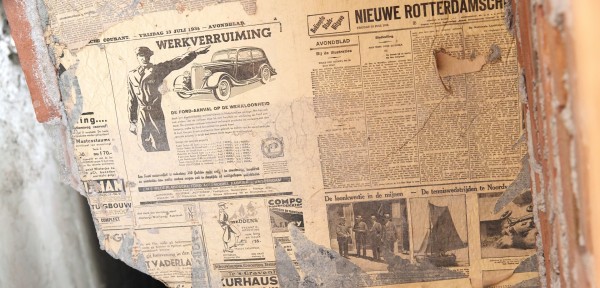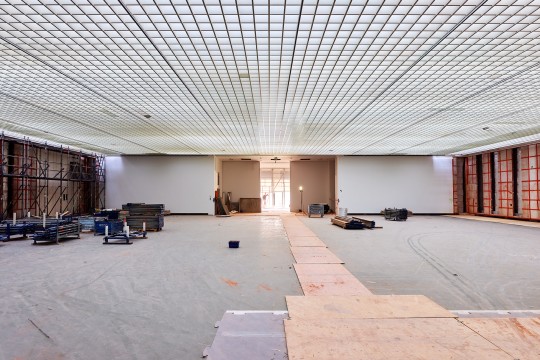What is asbestos and why is this large-scale operation necessary?
Rudy: Asbestos is a naturally occurring substance. Because it is fire resistant, it was commonly used in fire partitions in the past. It poses no danger if it is tightly compacted, but if it breaks apart carcinogenic fibres can come loose. At a certain point, a law was introduced to forbid the use of asbestos in buildings. Many buildings constructed before 1994 still contain asbestos, which will eventually have to be removed. Museum Boijmans Van Beuningen is one such building.










